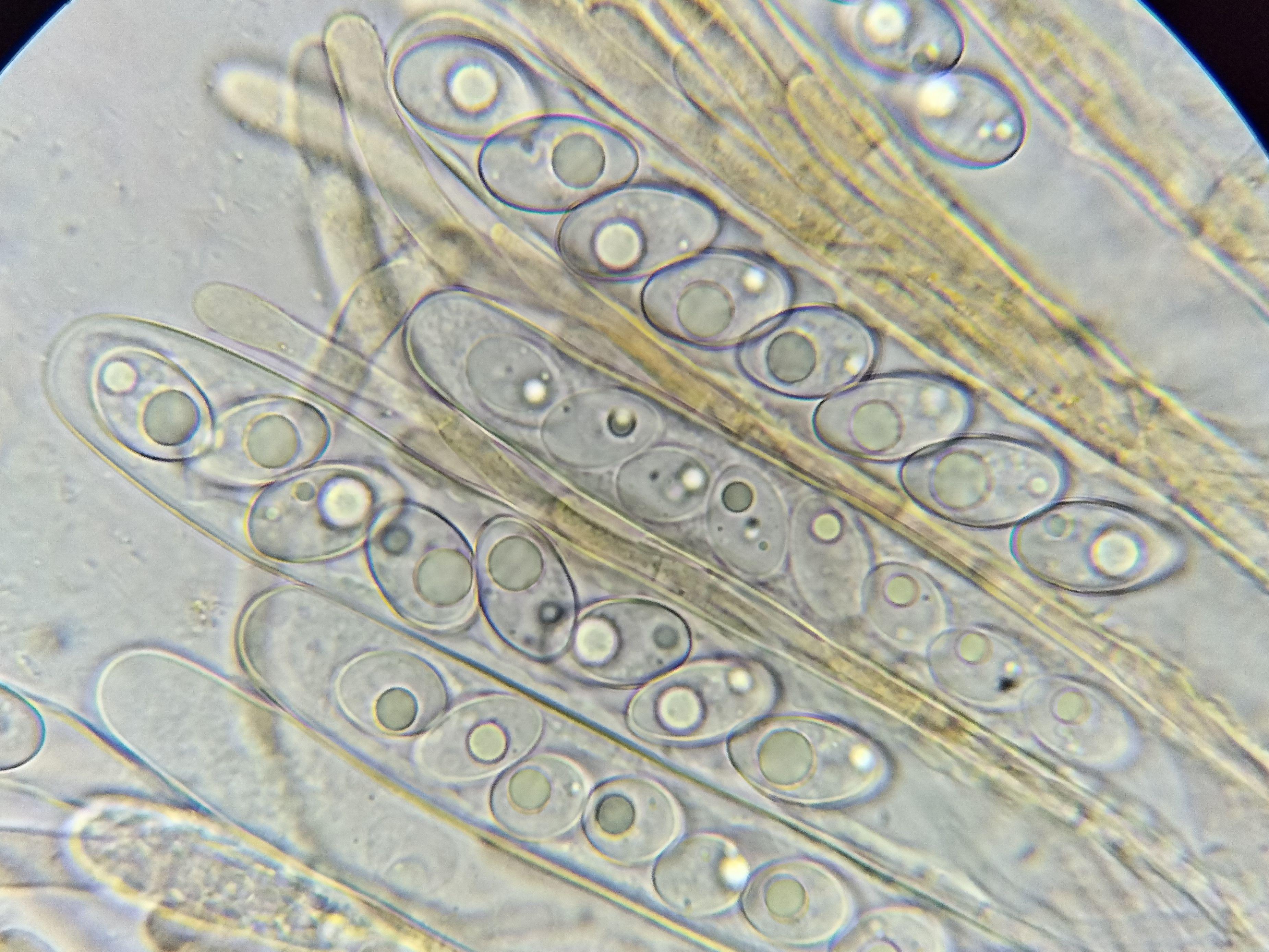
img20211228175730.jpg from: https://bryophilous.co.uk/octospora-leucoloma-agg/
Leucoloma schwaneckeanum: A Fascinating Moss of the Dicranaceae Family
Introduction
The world of mosses is full of fascinating species, each with their own unique characteristics and ecological roles. One particularly interesting moss is
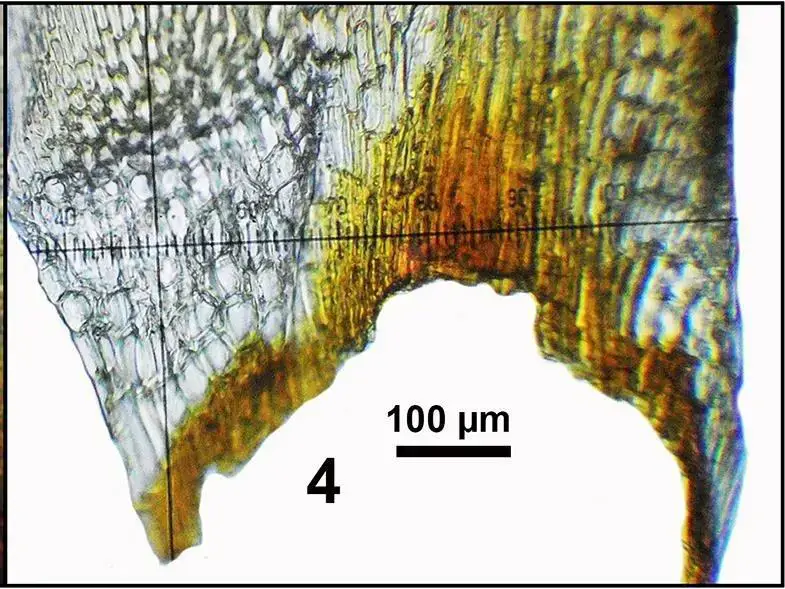
Alar-region-of-Leucoloma-subsecundifolium-Broth-from-Frimodt-Moller-TZ648.jpg from: https://www.researchgate.net/figure/Alar-region-of-Leucoloma-subsecundifolium-Broth-from-Frimodt-Moller-TZ648_fig4_344709537
Leucoloma schwaneckeanum (Hampe) Broth., also known simply as Leucoloma. This moss belongs to the Dicranaceae family and has captivated botanists and enthusiasts alike with its distinct morphology and widespread distribution. In this blog post, we’ll dive into the details of Leucoloma schwaneckeanum and explore what makes this moss so special.
Background
Leucoloma schwaneckeanum is a species of moss classified under the Bryophyta division and Bryopsida class. It was first described by German botanist Georg Ernst Ludwig Hampe in 1844 and later reclassified by Finnish botanist Viktor Ferdinand Brotherus in 1901, giving it the current binomial name.
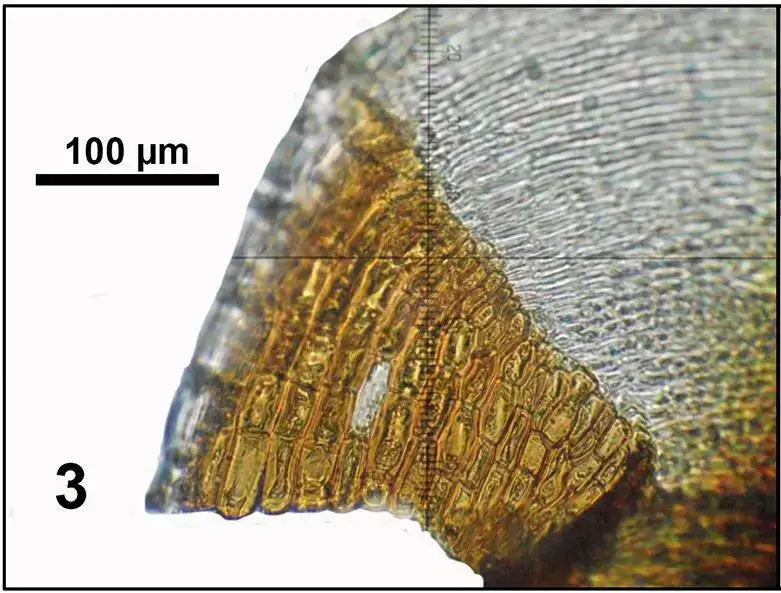
Alar-region-of-Leucoloma-zuluense-Broth-Bryhn-from-Frimodt-Moller-TZ635.jpg from: https://www.researchgate.net/figure/Alar-region-of-Leucoloma-zuluense-Broth-Bryhn-from-Frimodt-Moller-TZ635_fig3_344709537
The Dicranaceae family, to which Leucoloma belongs, is one of the largest moss families, containing over 1,600 species worldwide. Mosses in this family are characterized by their often glossy, lanceolate leaves with a single costa (midrib).
Morphology and Identification
Leucoloma schwaneckeanum is a medium-sized moss that forms loose tufts or mats. Its stems are typically 1-3 cm long and sparsely branched. The leaves are lanceolate to ovate-lanceolate in shape, measuring 2-4 mm long, and have a single costa that extends to the leaf apex.
One of the most distinctive features of Leucoloma is the presence of hyaline (transparent) leaf margins. These margins are composed of elongated cells that lack chloroplasts, giving the leaves a characteristic whitish border. The leaf cells are quadrate to short-rectangular in shape and often have slightly thickened walls.
Leucoloma schwaneckeanum produces sporophytes (spore-bearing structures) on short setae (stalks). The capsules are erect and cylindrical, with a peristome (toothed structure around the capsule mouth) that aids in spore dispersal.
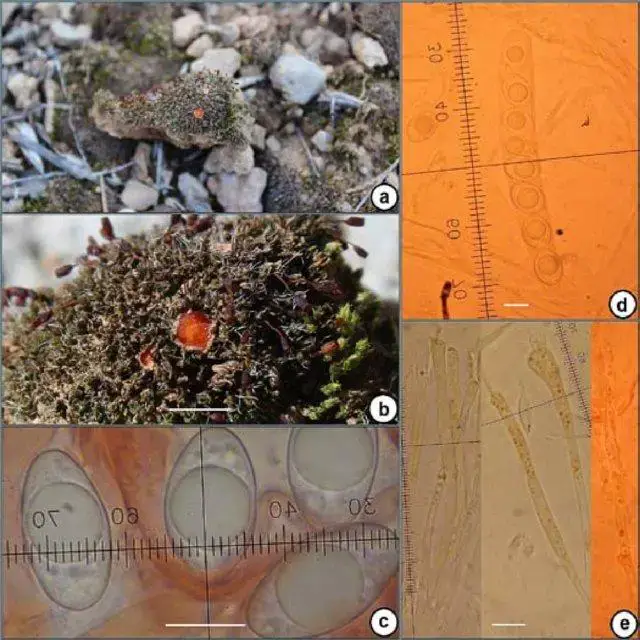
Octospora-leucoloma-a-b-ascomata-c-ascospores-in-Congo-red-d-ascus-in-Congo_Q640.jpg from: https://www.researchgate.net/figure/Octospora-leucoloma-a-b-ascomata-c-ascospores-in-Congo-red-d-ascus-in-Congo_fig1_322147122
Global Distribution and Habitat
Leucoloma schwaneckeanum has a wide distribution, being found in
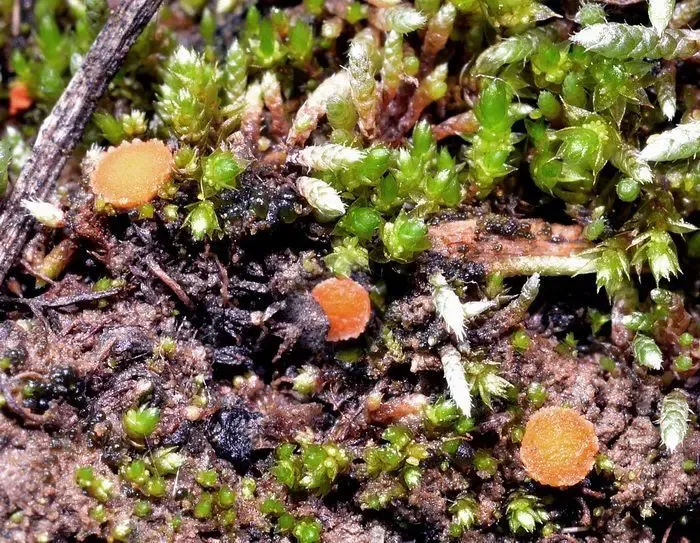
e1f8701af306d45813b199702b5445b4.jpg from: https://www.asturnatura.com/fotografia/setas-hongos/octospora-leucoloma-hedw-var-leucoloma-1/24084.html
tropical and subtropical regions across the globe. It is native to parts of
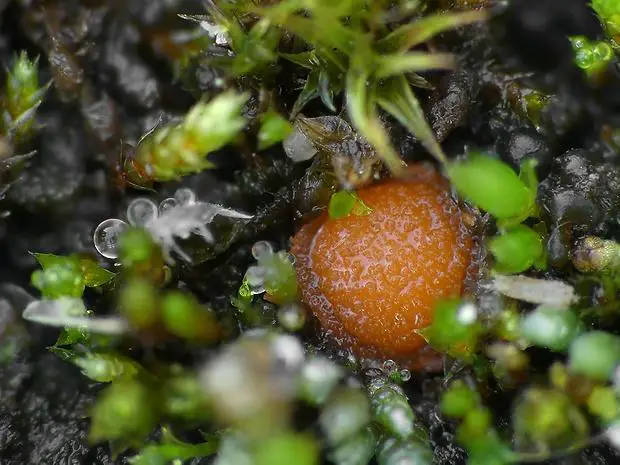
patrik_mlcoch_734562.jpg from: https://www.nahuby.sk/obrazok_detail.php?obrazok_id=734562
Central and South America, Africa, Asia, and Oceania. This moss typically grows on tree trunks, branches, and logs in moist forests and woodlands. It can also occasionally be found on rock surfaces in humid environments.
Ecological Roles and Adaptations
Like many mosses, Leucoloma schwaneckeanum plays important ecological roles in its habitats. It contributes to nutrient cycling by trapping and retaining water and nutrients, which can then be used by other plants. Leucoloma mats also provide microhabitats for various small invertebrates and microorganisms.
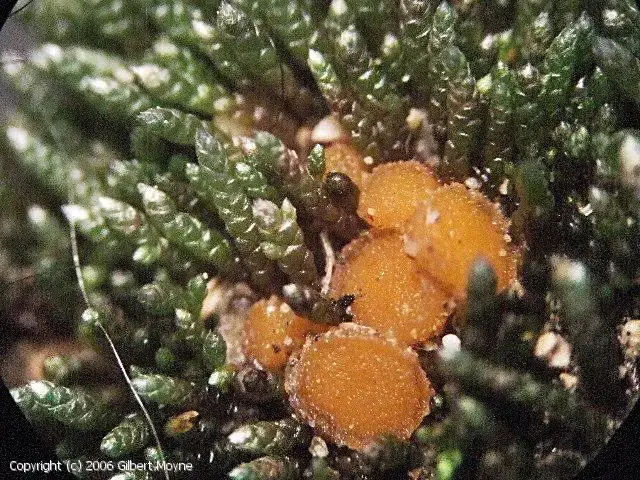
Octospora_leucoloma_2006_gm_1.jpg from: https://www.mycodb.fr/fiche.php?genre=Octospora&espece=leucoloma
The hyaline leaf margins of Leucoloma schwaneckeanum are thought to be an adaptation for water retention
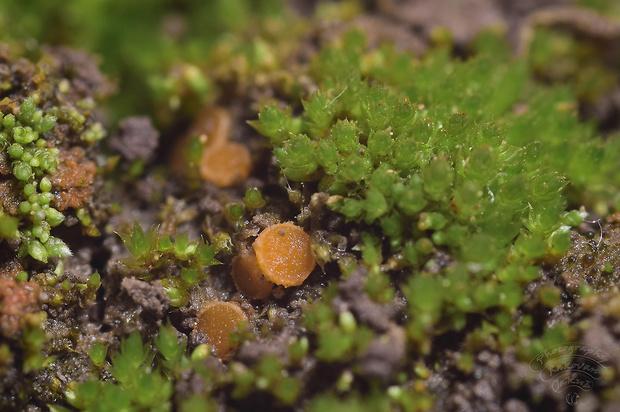
jakub_rakovan_604527.jpg from: https://www.nahuby.sk/obrazok_detail.php?obrazok_id=604527
. By having these transparent, non-photosynthetic cells, the moss can absorb and hold onto moisture more effectively, allowing it to thrive in humid environments.
Conclusion
Leucoloma schwaneckeanum is a prime example of the incredible diversity and adaptations found in the world of mosses. From its distinct morphology to its widespread distribution and ecological roles, this moss has much to offer in terms of scientific study and appreciation. The next time you find yourself in a tropical or subtropical forest, keep an eye out for the characteristic whitish borders of Leucoloma leaves – you might just spot this fascinating moss in its natural habitat!
So, have you ever encountered Leucoloma schwaneckeanum or any other interesting mosses in your own explorations? Share your experiences in the comments below!
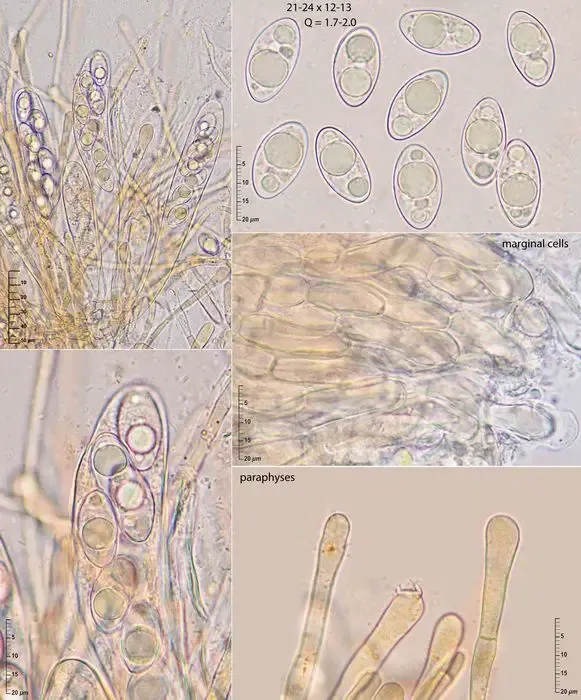
46d6ff744f724eca9794efcfe1f104a0.jpg from: https://www.asturnatura.com/fotografia/setas-y-hongos/octospora-leucoloma-hedw-var-leucoloma-3/24086.html
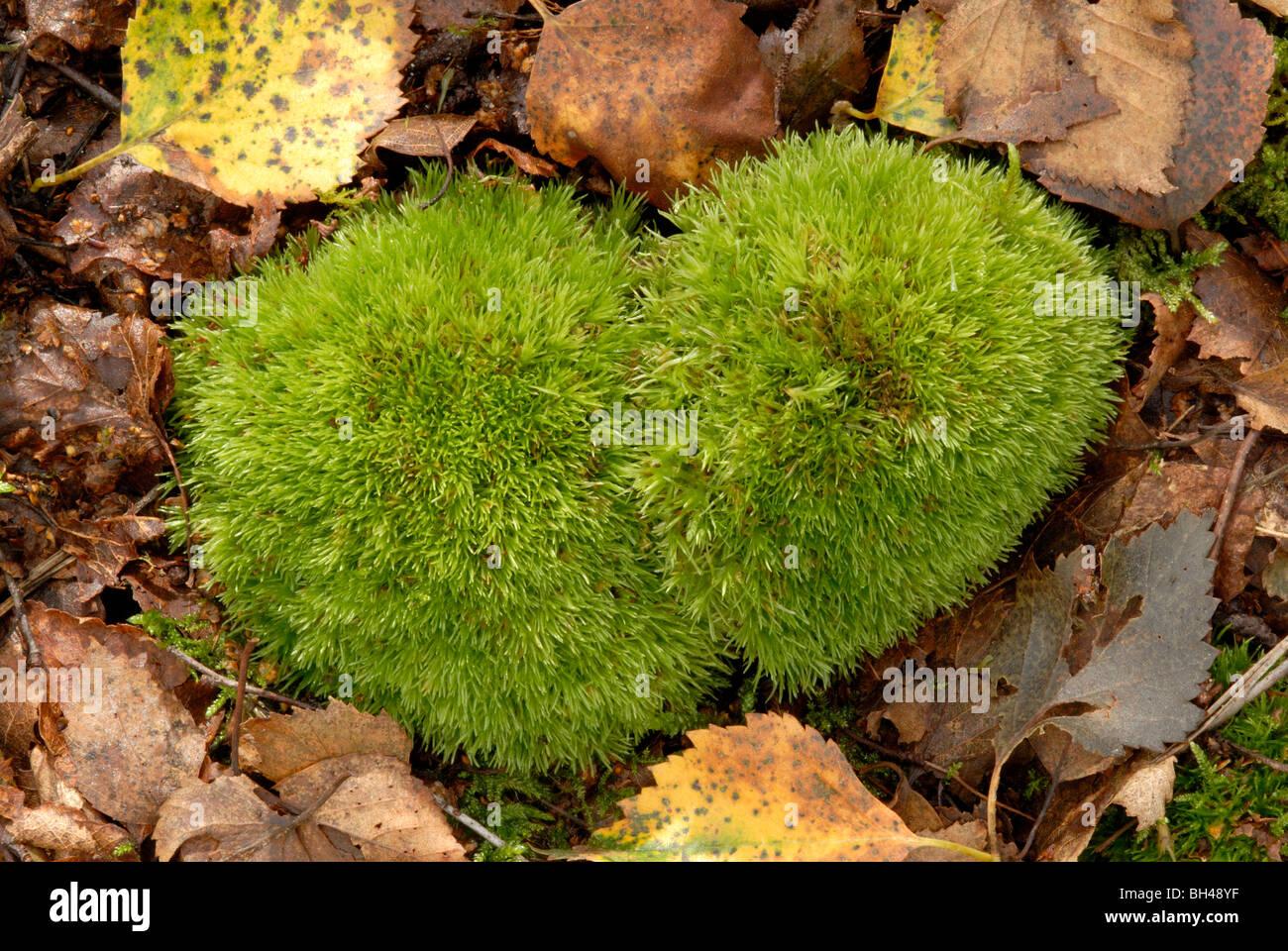
white-fork-moss-leucobryum-glaucum-growing-in-a-characteristic-ball-BH48YF.jpg from: https://www.alamy.com/stock-photo-white-fork-moss-leucobryum-glaucum-growing-in-a-characteristic-ball-27754371.html